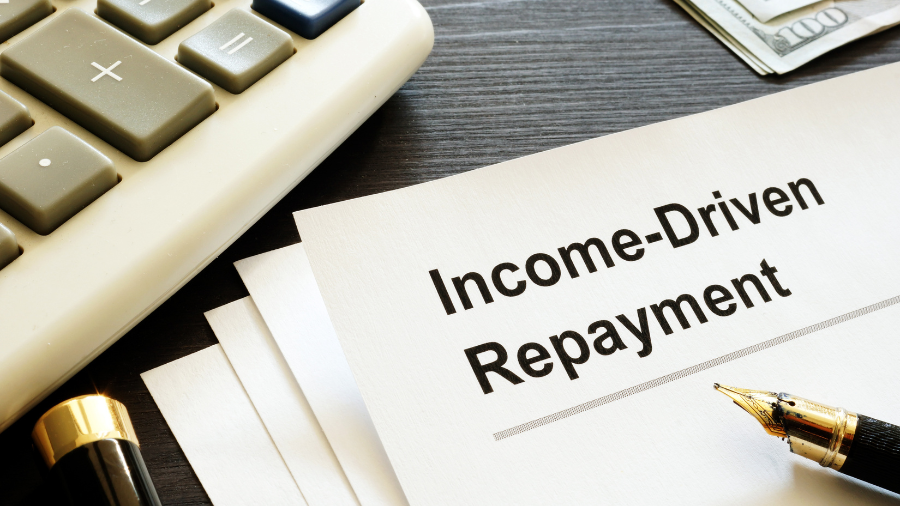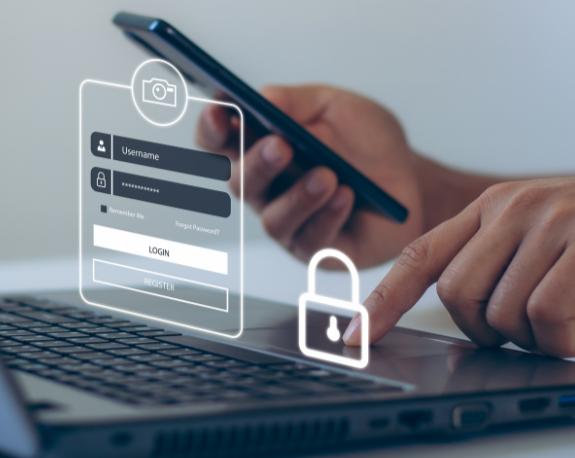All You Need to Know About the New Income-Driven Repayment Plan for Student Loans

The new income-driven repayment plan for student loans can be confusing. Here, we’ve broken down the plan into simple terms and outlined steps you may need to take.
What is SAVE?
Income-driven repayment plans are based on a borrower’s discretionary income, and not on the amount borrowed. Payments typically do not cover all the interest that accrues. After a specific number of payments, the remaining balance is forgiven.
Saving on A Valuable Education (SAVE), the new IDR plan, features the most generous student loan repayment plan yet. Most significantly, the plan raises the amount of income not counted as discretionary income from 150% of the federal poverty guideline to 225%. It also includes the following benefits:
- Borrowers earning less than $32,805 individually, or less than $67,500 for a family of four, would see $0 monthly bills.
- Students who borrowed less than $12,000 would see their outstanding balance wiped away after just 10 years of payment.
- Most other borrowers would see their payments cut by at least half, from 10% of counted income, to 5%.
When will SAVE go live?
Parts of the new plan have already gone live ahead of the end of forbearance. With all loan payments set to resume on Oct. 1, 2023 – and interest building again from Sept. 1 – borrowers are encouraged to apply for an IDR plan now. If your application is accepted, you should see the difference as soon as payment resumes in the fall.
The following SAVE benefits are already available:
- Additional income protection. Income exemption has been raised from 150% to 225% of the poverty line.
- Interest won’t accrue. Unpaid interest will not accumulate if monthly payments are met.
- Benefits for some married borrowers. Spousal income for borrowers who are married and file separate taxes will be excluded from IDR payment calculations.
Additional benefits going live in July 2024:
- Monthly bills halved from 10% to 5% of income above 225% of the poverty line.
- Loan forgiveness applied for smaller loans ($12,000 or less) for borrowers who have been making payments for a minimum of 10 years.
- Consolidation penalty lifted for borrowers who consolidate their federal loans.
- Automatic credit toward IDR forgiveness applied to borrowers’ accounts for specific periods of deferment and forbearance.
- Make up for missed payments allowed for borrowers to receive credit for all other periods of deferment or forbearance that don’t qualify for automatic credit.
- Automatic enrollment in an IDR plan for borrowers with default risk, or payments at least 75 days late, if they previously agreed to give the Education Department access to their tax information.
How do I apply for the new IDR plan?
If you have an open federal student loan and you haven’t already applied for the new SAVE plan, contact your student loan servicer and submit an IDR application as soon as possible. If you are already enrolled in REPAYE, your plan will automatically be transferred to a SAVE plan when it rolls out.

